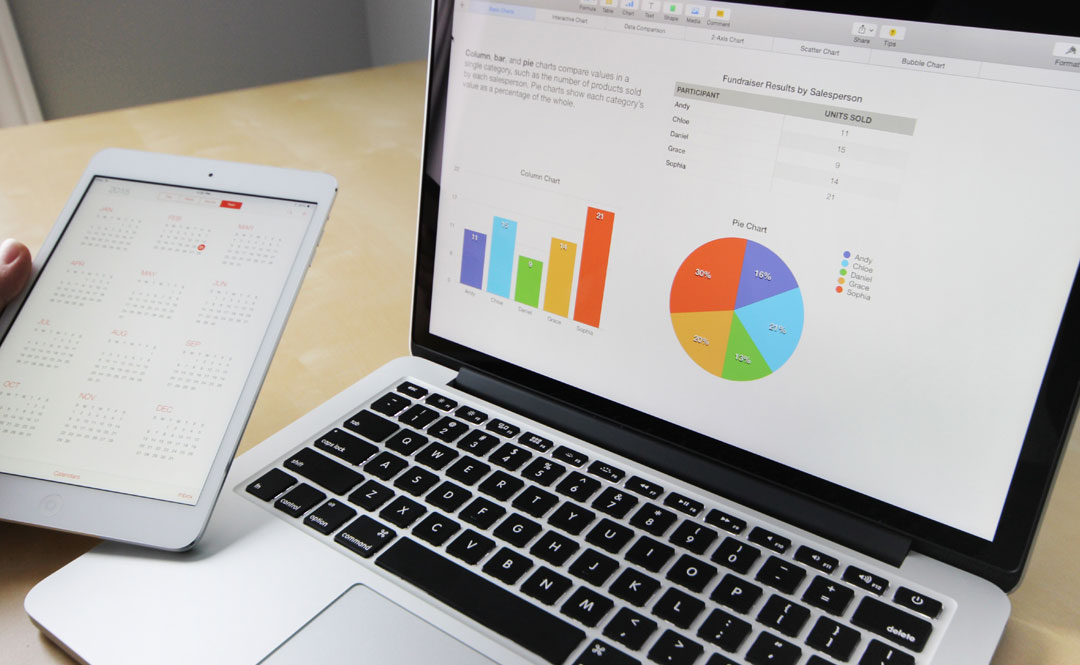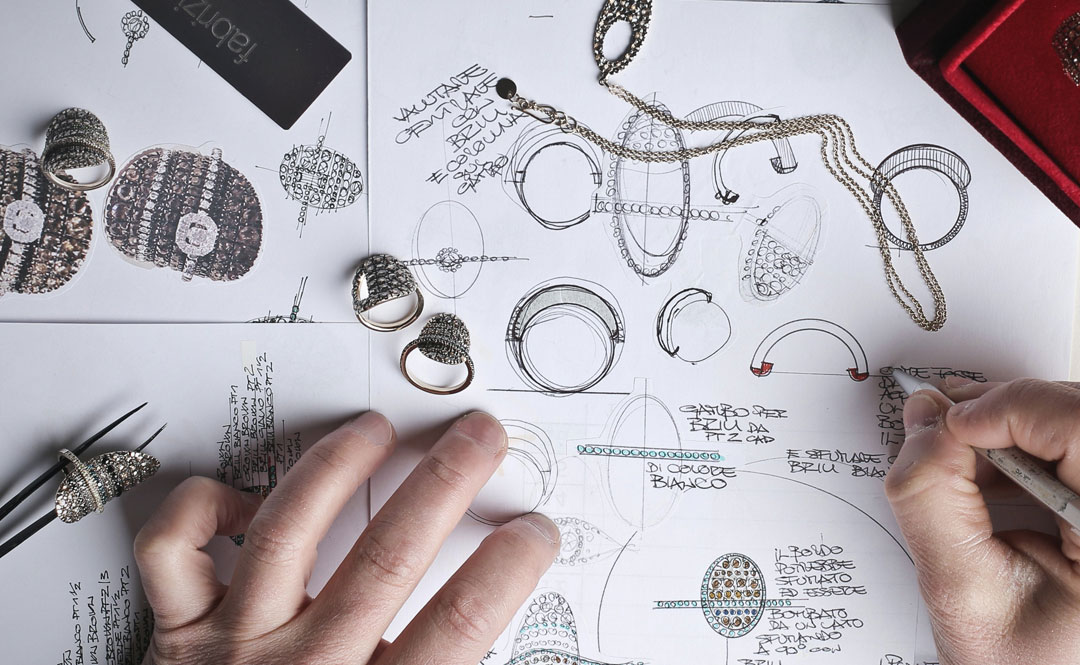Product Design Process: 5 Steps
Product design is not only an art; but is also a critical process in which product designers use when designing their products. It takes place through a series of 5 essential steps, with the specific components of each step varying to check the box of the needs of the consumer based on the product. A purpose of a product always includes the goal of solving a problem. The product design process ensures both the wants and needs of the consumers will be fulfilled through the product’s subsequent detailed product design. By follow this these steps, you will truly get to focus on one part of the process of a time, allowing you to wear multiple hats as a product designer.
Step 1: Target Market Research
In order to capitalize on the sales of your product, it must directly speak to your target market and cater to their needs in an impeccable way. With tons of products being on the market in our day-to-day life, your product truly needs to stand out in a way that is memorable through its product design. Research answering questions such as what is the problem my target market has and what is the solution to it? What do my competitors have to offer, and what is my product’s competitive advantage over the others? What are the demographics and psychographics of my target market? These are some generic foundational questions to get your started in order to truly encompass what is necessary for your product design.

Step 2: Initial Concept Design
This step is one of the most important parts of the process, as many important searches are done including gathering approval and making sure criteria is filled. A patent search and IP review is done to ensure that your product idea is one that is not already taken by someone else. Once this is checked off, your brand and concept of your idea and can start to be developed. During this step, the main ideas and concept of your product design is born.
Step 3: Sketches, Drawings, and more Sketches!
This step involves sketches and drawings, both including 2D and 3D sketches. This product of the produce design process introduces the visual model aspect. It allows you to get a visual idea of the various aspects of your product and determine if any changes need to be made.

Step 4: Prototyping
This phase is one of the most essential phases to visualize your product and bring your idea to life. At Spark, we build tangible prototypes that make your idea a reality, providing a physical prototype to investors, clients, consumers, etc. A prototype acts as a functional unit that can be analyzed, examined, discussed, etc. Our product designers at Spark have the ability to cater to all your prototyping needs, whether it needs to be made of fabric, metal, plastic, a combination, etc. Our experts have immense experience in prototyping, with many rounds taking place to ensure your idea is brought to life with precision and accuracy. For information check out https://www.sparkinnovations.com/prototyping-service/.

Step 5: Consumer Feedback
Feedback is extremely important to ensure the product design of the product works as intended to. With consumers testing prototypes, when it is carefully done you might uncover some insightful information about your product. It is crucial for a feedback process to take place, to revise any elements of the product design. Once everything is revised, your product design should be ready to go and send off into the market!
It is also important to recognize that once you finish a step, it is possible you may need to go back to one to tweak it, in order to achieve a maximized final product. The process is one that is definitely not linear, with it being a never-ending process to ensure perfection. This process may look differently depending on the product, but this framework above is one that is very strong and is a great helping hand to product designers. All in all, with this process it not only helps shape products for consumers, but also shape products for our future! Check out more about product design today at Spark Innovations

Recent Comments